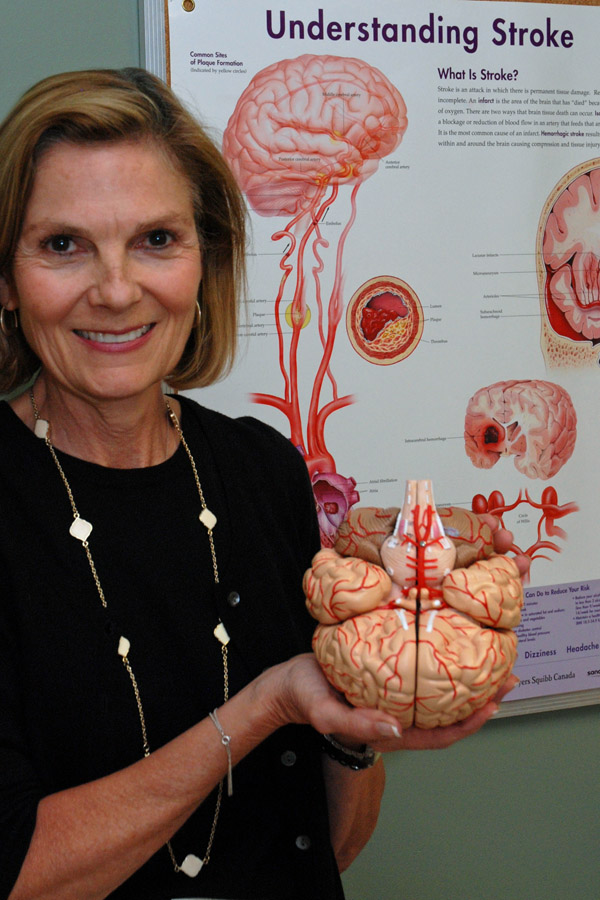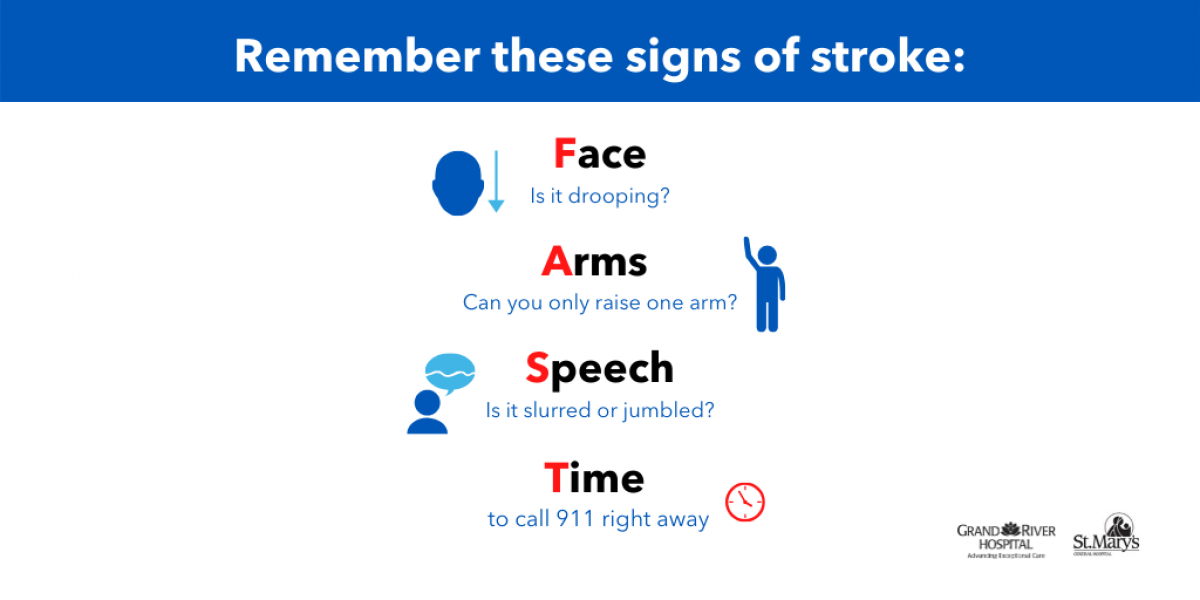Susan Udema was at home getting ready for a regular shopping trip, when her grandson noticed that something was very wrong. Susan was unable to walk and was having trouble speaking. Recognizing that she was experiencing a health emergency, her grandson quickly called 911 and an ambulance arrived to take Susan to the emergency department at WRHN.
Susan doesn’t remember a lot about being in the emergency department, but she does recall that the nurses and doctors were fantastic – “they got me in a room right away and all the tests were done so fast. The nurses were amazing and kept coming to check in on me… the doctor was very thorough at setting up all the tests I needed”.
She understands that for some people, coming to the hospital during a pandemic, can be scary.
“Don’t hesitate”, says Susan. “If you need care, definitely go. I didn’t feel scared about COVID at all while I was there.”
Waterloo Regional Health Network has put many processes in place to ensure the health and safety of patients and staff throughout COVID. Everyone entering the hospital is screened for symptoms and is asked to wear a mask and clean their hands. Physical distancing is supported through changes to the hospital environment, and staff take precautions by using personal protective gear (i.e. masks) while providing care. And, for many medical emergencies, especially stroke, it is critically important that people come to the hospital to receive care quickly.
Fortunately, Susan was able to go home within four hours of her arrival at the hospital. She was referred to the hospital’s Secondary Stroke Prevention Clinic, where she has received support designed to prevent her from having another, more serious stroke. Patients to this clinic may see a stroke specialist, be booked for more testing, and receive education to reduce their risk.
“All of my appointments were set up within two days,” Susan says. She also had a virtual visit with a stroke doctor, through a video call instead of coming into the office. She shared that “it was a bit strange to not be face-to-face! But the visit was very easy to set up; the office staff taught me how to do it before my visit and it went smoothly.”

“The Secondary Stroke Prevention Clinic is such an important part of a patient’s stroke care experience,” says Tammy Tebbutt, manager of the clinic. “Last year we saw over 1600 visits to our clinic, helping patients to reduce their risk of additional strokes through early assessments and the right interventions, fast access to diagnostic tests, and education about managing and reducing risks. We are honoured to be a part of Susan’s recovery.”
Susan is continuing to follow her doctor’s instructions, and is recovering very well at home, with many more shopping trips planned with her grandson. We wish her continued good health!
For more information about the Secondary Stroke Prevention Clinic, visit our website at http://www.grhosp.on.ca/care/services-departments/stroke/other-stroke-services.
FAST - Know the signs and symptoms of stroke:
F – Face drooping (ask the person to smile – is their smile uneven/lopsided?)
A – Arm Weakness (ask the person to raise both arms – does one arm drift downwards?)
S – Speech (ask the person to repeat a simple sentence – Is speech slurred or hard to understand?)
T – Time to call 911 (If they show any of the above symptoms, call 911 immediately to get the person to the hospital



